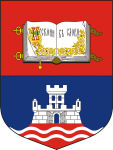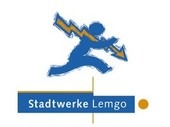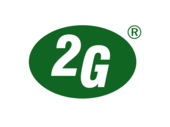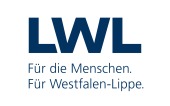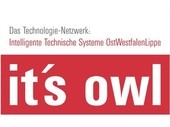Applying fused layer modeling technologies to print embedded 3D optical waveguide structures for communication and sensor applications
In the context of the fourth industrial revolution and the related development towards self-organizing processes, innovative and advanced production technologies with completely new approaches are required. Modern additive manufacturing (AM) technologies contribute to this with their advantages like freedom of design, cost-efficient product individualization, and functional integration. By using these technologies, the fabrication of the quantity of size one and also the manufacturing of problem adapted, demand driven or requirement adapted components are possible. One promising AM technology is the fused layer modeling technology (FLM). The desired components are produced by the direct solidification of an extruded and heated filament material. Modern FLM printers are able to use two or more nozzles and therefore enable the use of two or more different filament materials within one printing job. Applying simultaneously various materials, it is feasible to print components with additional functionalities. Currently, filament materials exist that are transparent within the wavelength of optical sensor systems and optical communication systems. Combining transparent and non-transparent materials or materials with different numerical indices, it is possible to manufacture light-guiding structures which inherit all of the above mentioned capabilities of AM. In this paper, the application of FLM technology to print light-guiding structures with a defined 3D trajectory is analyzed. At first different transparent filament materials are analyzed. Then first straight test structures consisting of one optical transparent material with a variation of the number of strands are defined and printed. The core cross-section, the fusion of different strands and the attenuation of these structures are analyzed. Based on the positive results of the latter different structures with embedded optical waveguides are printed. After this, the course of the trajectories, the core cross-section, and the attenuations are analyzed by measurement. Due to the promising results, the first prototype towards a sensor application is manufactured and analyzed by measurement.











